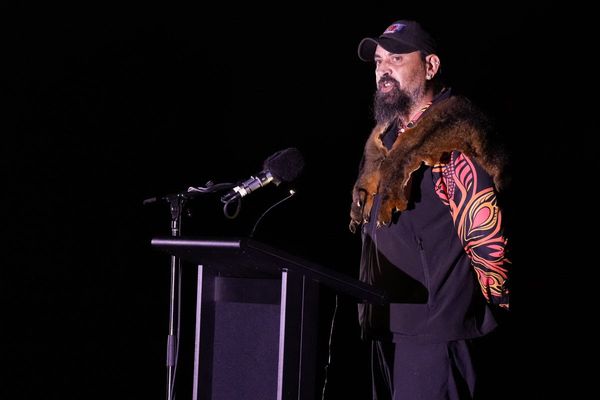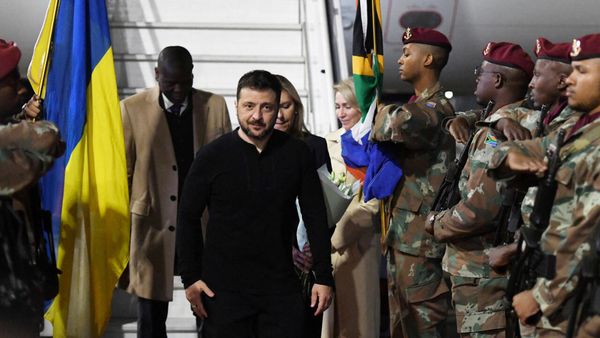Three recent Hindi films — Jhund, Gangubai Kathiawadi and The Kashmir Files — suggest that Bollywood’s conventional cinematic temperament is witnessing a bold change. These films are based on real-life stories, narrate the unnerving struggles of minority social groups, and reprimand dominant social taboos. The box office success of these films, especially of The Kashmir Files, may inspire filmmakers to make more films on crucial social realities and sensitive historical events. Though The Kashmir Files has received growing support from the state, civil society and filmgoers, it is the other two films that have effectively challenged Bollywood’s conventional narrative style. By showcasing the heroic tales of the most disadvantaged (the Dalits, in Jhund) and vulnerable (sex workers, in Gangubai Kathiawadi) sections on the silver screen, Bollywood has offered its own version of social justice.
The song-and-dance routine
Compared to artistic ‘world cinema’, Bollywood has been unapologetic for serving its audience melodramatic films infused with banal songs, dance and action. The logic of commercial success has often disallowed filmmakers from engaging with sensitive or controversial subjects. Though early Hindi cinema presented the stories of the poor working class (Do Bigha Zamin), migrants (Jagte Raho), patriarchal maladies (Sahib Bibi aur Ghulam), and political turmoil (Garm Hava), the logic of mainstream cinema has largely revolved around the commercial interests and values of the upper caste elites. Cinematic genres depicting social and religious fissures with serious intellectual and creative abilities have been rare or have often been referred to as ‘art house cinema’ or ‘parallel cinema’. Films depicting caste-based social divisions or highlighting the exploitation of Adivasis have been far and few.
Dalits and Adivasis comprise one-fourth of India’s population. In large States such as Uttar Pradesh, Bengal and Punjab, the average Dalit population is 25%. In Jharkhand, Chhattisgarh, Madhya Pradesh and Odisha, the Adivasi population ranges from 20% to 30%. A majority of the Dalit-Adivasi population faces social neglect and humiliation or coercion by state institutions. They suffer from socially sanctioned atrocities. They are forced to migrate to cities to engage in precarious labour. And the women often live in fear of violence. Against such brutal repressions, Dalits and Adivasis have built impressive sociopolitical struggles. Yet, the mainstream Hindi film industry has turned a deaf ear to their problems, claims and dreams. It has been disengaged from those challenging upper caste social values. On occasion, when it has offered stories around caste, the Dalit characters have been stereotypically presented as vulnerable (Sujata), powerless (Ankur) or wretched (Damul) and requiring the assistance of their upper caste masters.
Serving the Hindutva agenda
Today, patriotism ( Raazi, Mulk, Kesari), Islamic terrorism (A Wednesday, Neerja, Hotel Mumbai), secularism (Chak De! India, Haider), communal tensions (Shahid, Parzania, Firaaq) and inter-community love stories (Ishaqzaade, Kedarnath, Padmaavat) are popular themes in Bollywood. We also see a growing tendency of portraying Muslims as violent aggressors or anti-national. Though The Kashmir Files makes a bold claim for realistic portrayal, it stereotypes the Muslim as the ‘other’ or the terrorist. In the name of artistic liberty, tragic historical realities are twisted so that the narrative can be fitted to the political rhetoric of the governing class.
On the other hand, there are few films about the problems of Dalits (such as Masaan and Article 15) or that portray sex workers sensitively on screen (such as Chameli and Chandni Bar). Jhund and Gangubai Kathiawadi therefore deserve appreciation. Jhund showcases the everyday struggles of vagabond Dalit youngsters, haunted by the humiliating gaze of society. Gangubai Kathiawadi narrates the torturous tale of sex workers and showcases their grit and quest to live life with dignity and pride.
As cinema showcasing sensitivity and intellectual creativity is rare, the audience sometimes laps up hate-infused films. Hindi cinema not only neglects the problems of marginalised communities, but also produces many communal films to expand the Hindu-Muslim divide. Such cinema only serves the Hindutva agenda. On the other hand, films on Dalits and Adivasis disturb the social and political conscience of the social elites. Films like Jhund and Gangubai Kathiawadi bring Bollywood closer to the apostle of meaningful cinema. Weaving more narratives around the lives and events of Dalits, Adivasis and the Bahujan people will liberate the Hindi film industry from its commercial and communal appendages.
Harish S. Wankhede is an assistant professor at the Centre for Political Studies, JNU, New Delhi







